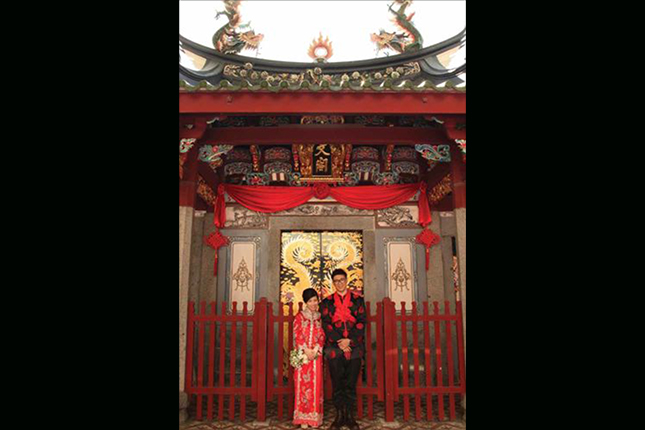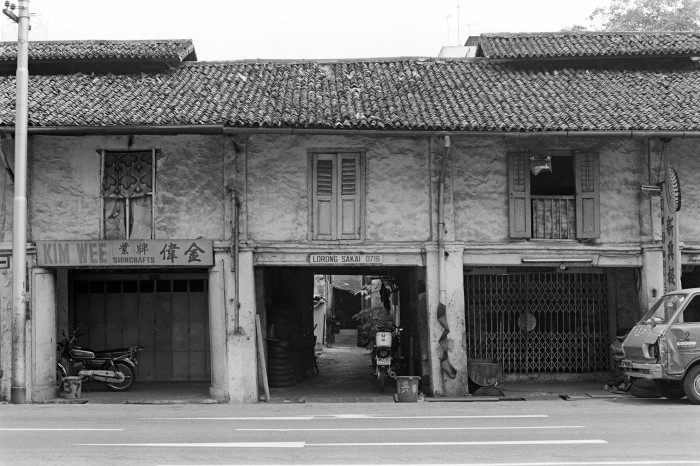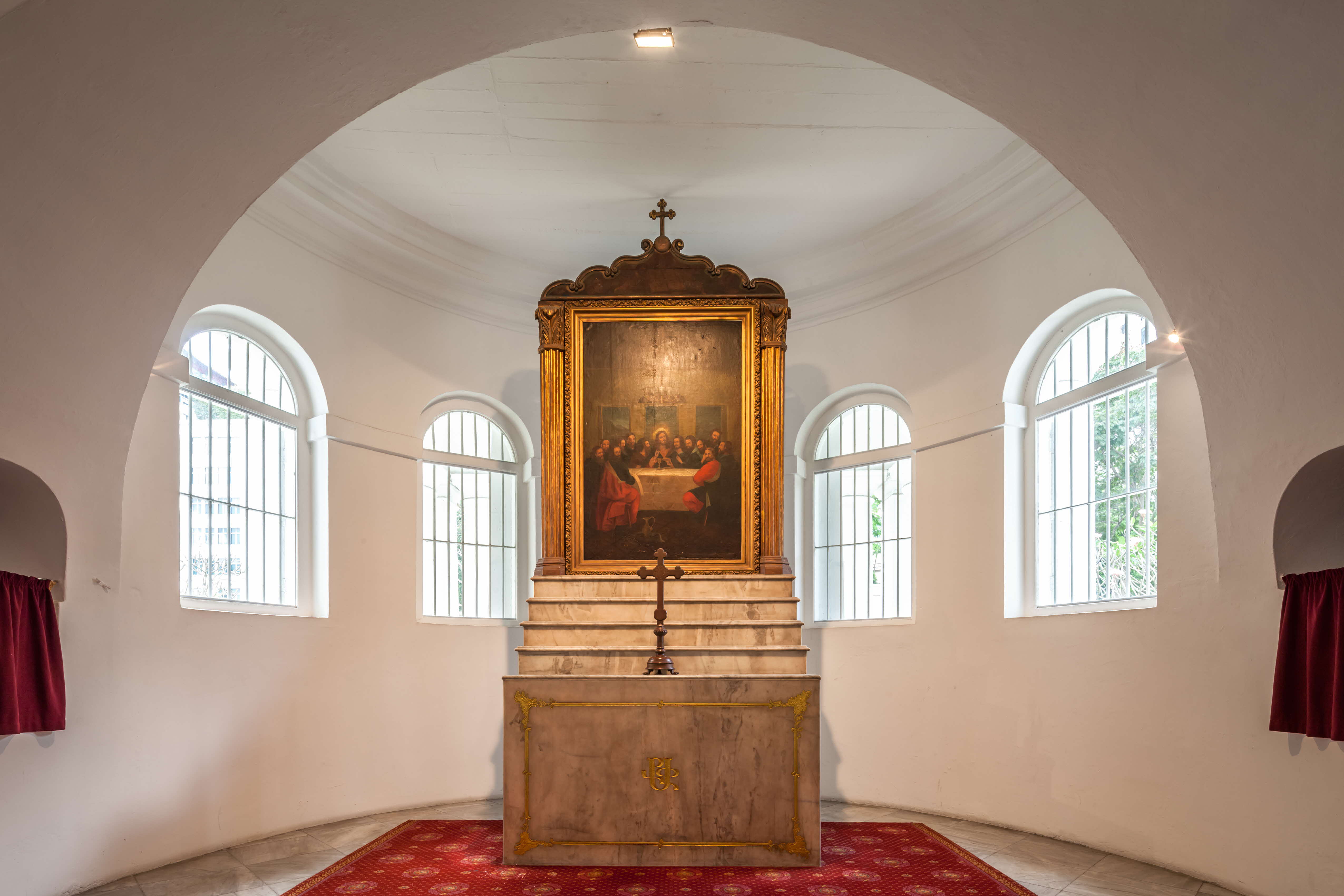Known simply as the Indian Church or Tamil Church in the past, the Church of Our Lady of Lourdes is one of Singapore’s oldest Catholic churches. The monument serves as a reminder to the contributions made by the Catholic Church to Singapore under British rule. It bears testimony to the spread of Catholicism in Singapore, especially to the growth of the Tamil Catholic community over the years.
Tamil Catholic Community in Singapore
In the early nineteenth century, the small Tamil Catholic community worshipped at the Church of the Good Shepherd, which was frequented by a predominantly European and Eurasian crowd. The Tamils later moved to the Church of Saints Peter and Paul when it was completed; the new church was originally purposed to accommodate the expanding Chinese Catholic congregation. Reverend Father Pierre Paris from the Society of Foreign Missions of Paris (MEP), the parish priest of the church, was not only conversant in Chinese dialects, but also in Tamil. This enabled him to extend his ministry to the Tamil Indians.
When Father Paris died in 1883, Reverend Father Joachim A. M. Meneuvrier, MEP, took over the responsibilities and shepherded the local Tamil Catholic community. There were only 60 Indian Catholics at that time. By 1885, the priest was running a Catholic school with 40 boys and 20 girls, and had up to 300 Indian Catholics under his care.
The rapid growth of the community called for a new church. In 1885, the Governor of the Straits Settlements, Sir Frederick Weld, generously granted a free plot in Rochor for this cause. The location was ideal: it was very near Serangoon, where many Indians resided.
New Church for the Tamil Mission
On 1 August 1886, the Governor ceremoniously laid the foundation stone of the new church, while Bishop Eduoard Gasnier, MEP – the Titular Bishop of Malacca with residence in Singapore – blessed the stone and the ground. The church was to be dedicated to the Blessed Virgin Mary under the title of Our Lady of Lourdes, in honour of her apparition in an alcove in Lourdes, France, just three decades earlier.
Construction funds came from Europeans and locals, Catholics and non-Catholics alike. Despite numerous setbacks during the construction, the church was finally completed in May 1888.
Architecture and Furnishings
The Frenchman Alexandre Izambert is credited for providing the foundation plan and supplying the cast-iron columns and metal frameworks. The proposed plans for the church building and the presbytery are, however, attributed to A. W. Lermit from the local architectural firm Swan & Lermit, which also supervised the construction.
The Church of Our Lady of Lourdes was designed in the Neo-Gothic style, which is characterised by the presence of spires, as well as lancet-shaped doors and windows around the church. Beautiful cornices, crockets, and mouldings decorate the exterior walls of the church. An eight-petalled rose window, with an image of the apparition of Our Lady of Lourdes, adorns the front façade. Above the porch stands a statue of an angel blowing a trumpet.
Inside the church, the centrepiece is undoubtedly the natural representation of the grotto at Lourdes. Within it are the life-sized statues of the Blessed Virgin Mary and Saint Bernadette, the girl who witnessed the Marian apparition. The nave is divided into three aisles and is marked by two rows of nine slender columns mounted on large square bases. Imported from France, these columns support a total of 17 equilateral arches that converge around the sanctuary.
Another prominent feature of the church interior is the collection of stained-glass windows lining the clerestory. They depict the 15 Mysteries of the Holy Rosary, which recount the major events in the life of Jesus Christ and the Blessed Virgin Mary. Crafted in France and installed in 1958, these windows replaced the original windows which were unfortunately destroyed by bomb blasts during the Second World War.
In 1958, the then parish priest Reverend Father Albert Fortier, MEP, bought an electronic carillon (a bell instrument) for the church, believed to be the first of its kind in Asia.
Church of Our Lady of Lourdes Today
In 1998, the entire church floor was retiled, and the original octagonal sanctuary was levelled and extended fully on its sides. While the Church of Our Lady of Lourdes remains a focal point for Tamil Catholics in Singapore, its congregation today also comprises members of different ethnicities.
Our National Monuments
Our National Monuments are an integral part of Singapore’s built heritage, which the National Heritage Board (NHB) preserves and promotes for posterity. They are monuments and sites that are accorded the highest level of protection in Singapore.














